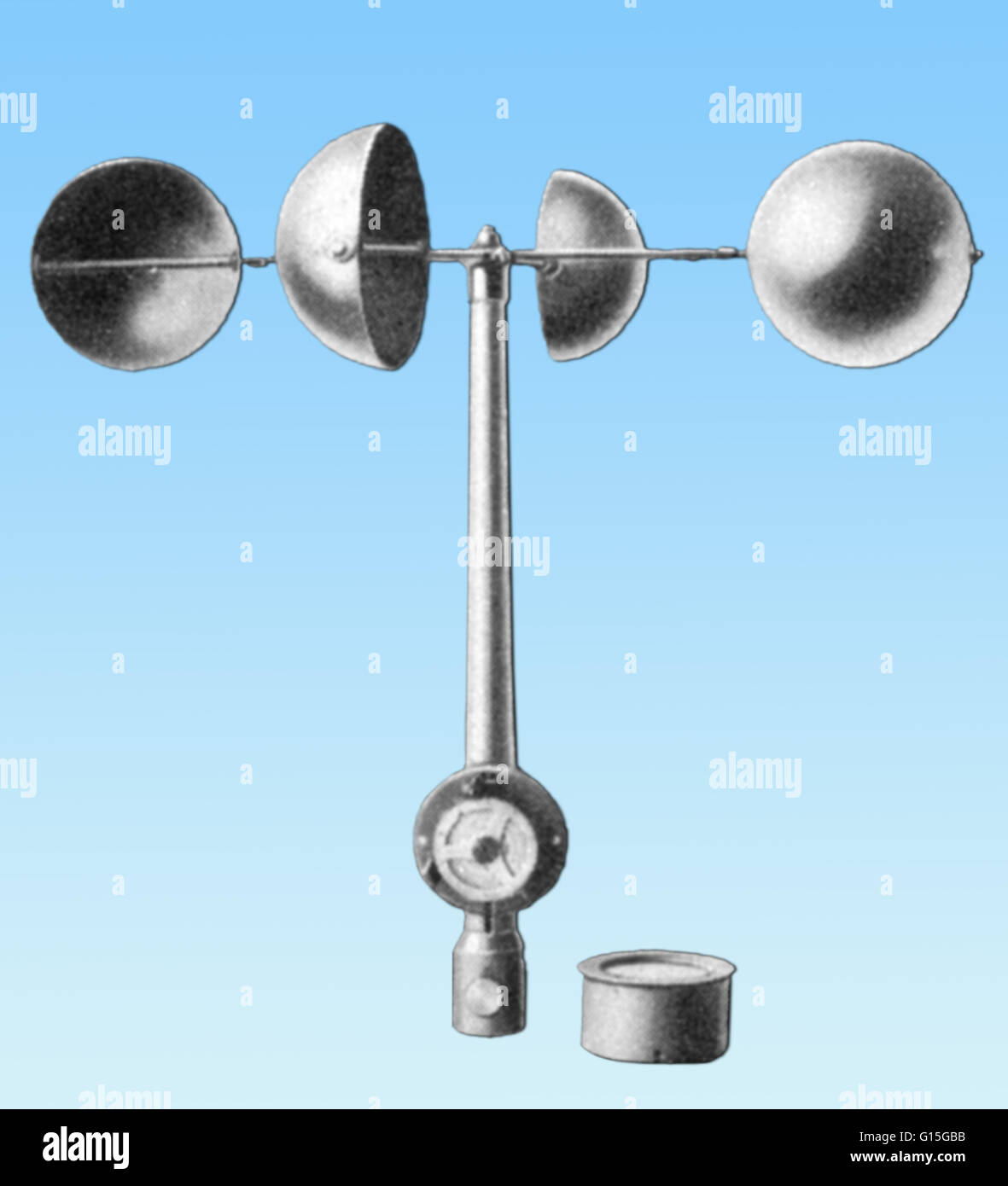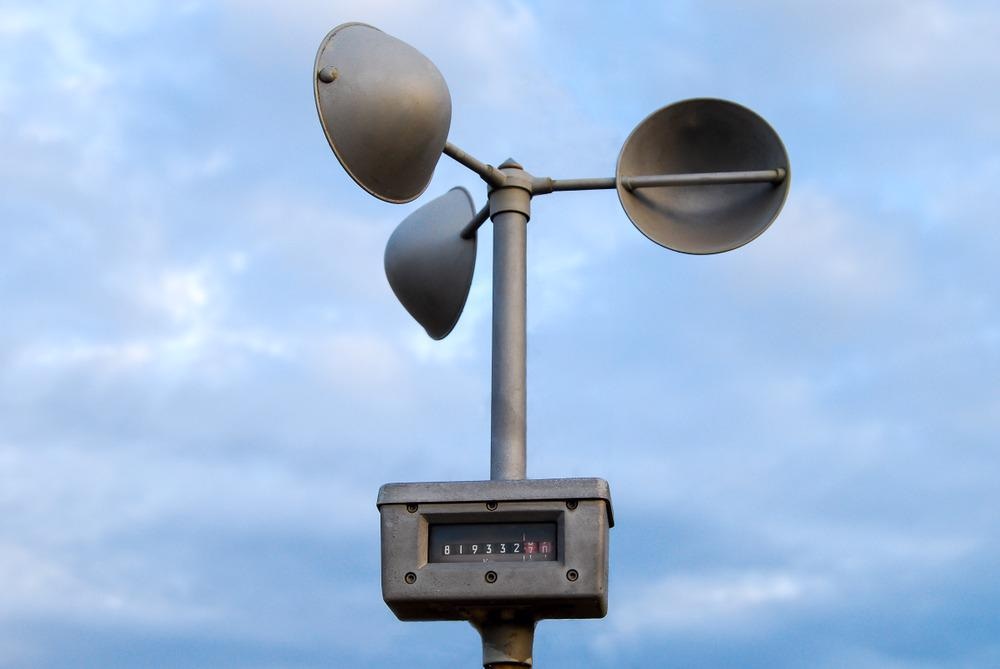How an Anemometer Can Boost Your Weather Monitoring System
Wiki Article
All You Need to Understand About Anemometers: How They Work, Why They Matter, and Where to Use Them
Anemometers, though commonly ignored in the world of scientific instruments, play a crucial role in different fields, supplying useful insights into wind speed and airflow patterns. Understanding the technicians behind these devices is crucial for anyone looking for to harness the power of this data. From meteorologists tracking weather patterns to designers developing frameworks with wind loads in mind, the applications of anemometers are significant and diverse. As we look into the intricacies of anemometer modern technology, we will discover the inner operations of these tools, their significance, and the crucial considerations when selecting the right anemometer for certain applications.
Anemometer Essentials
A necessary tool made use of to determine wind speed and direction, the anemometer plays an essential role in weather forecasting and numerous industries. An anemometer generally consists of 3 or 4 mugs that turn in the wind, a vane that aims into the wind, and sensing units to track the rotations or motions.
There are various kinds of anemometers offered, including mug anemometers, vane anemometers, hot-wire anemometers, and sonic anemometers, each with its unique features and applications. Cup anemometers are typically utilized for fundamental wind speed measurements, while vane anemometers are liked for directional dimensions.
Concepts of Anemometer Operation
Structure on the fundamental understanding of anemometer basics, the concepts of anemometer procedure elucidate the auto mechanics behind wind rate and instructions dimensions. Anemometers operate the principle of air flow influencing a sensing unit, triggering it to turn. Mug anemometers, for example, have three or even more mugs that record the wind, causing them to rotate faster as the wind speed boosts. The turning speed is after that transformed into a wind speed measurement. Vane anemometers, on the other hand, use a tail or a probe that aligns itself with the wind direction, supplying a dimension of wind direction based on the positioning of the sensing unit. Hot-wire anemometers depend on a warmed cord that cools off as wind passes over it, with the price of cooling down determining the wind speed. Ultrasonic anemometers step wind rate and instructions by assessing the time it considers ultrasonic signals to take a trip between transducers. Recognizing these concepts is vital for precise and reputable wind dimensions in various applications.Importance of Anemometers
The importance of anemometers in meteorology and different markets can not be overemphasized. Anemometers click here for info play an important duty in gauging wind rate and direction, providing necessary data for weather condition forecasting, environment studies, environmental monitoring, and aviation procedures. Meteorologists rely upon anemometers to gather precise wind data, assisting them recognize weather condition patterns, forecast tornados, and problem prompt cautions to the general public. In markets such as building and construction, farming, renewable resource, and maritime procedures, anemometers are utilized to optimize procedures, make certain security, and raise effectiveness. For instance, wind farm drivers utilize anemometers to assess wind conditions and make best use of electricity production from wind generators. In the maritime sector, anemometers aid ship navigating by providing real-time wind details to captains, helping them make educated decisions to guarantee secure trips. Generally, anemometers are essential devices that add significantly to safety, visit this site effectiveness, and informed decision-making in meteorology and a vast array of industries.Applications Throughout Various Industries
In the eco-friendly power sector, anemometers play a critical role in assessing wind conditions for wind farm placements, ensuring ideal energy manufacturing. Industries like construction and mining use anemometers to check wind rates, crucial for security procedures, particularly when functioning at elevations or in open-pit mines where solid winds can pose threats. In agriculture, anemometers aid farmers in handling plant spraying by supplying real-time information on wind speed to prevent drift.
Picking the Right Anemometer for Your Requirements
For general functions, a mug anemometer is appropriate for determining wind rate, while a vane anemometer gives wind instructions information. Hot-wire anemometers are optimal for reduced airspeed dimensions, and ultrasonic anemometers offer high accuracy and durability.
Verdict
In verdict, anemometers play an essential role in gauging wind rate and instructions throughout different sectors. It is crucial to take into consideration the importance of anemometers in order to make enlightened decisions when selecting the most ideal tool for measuring wind problems.There are various types of anemometers browse around this site readily available, consisting of mug anemometers, vane anemometers, hot-wire anemometers, and sonic anemometers, each with its distinct functions and applications. Mug anemometers are generally used for fundamental wind speed measurements, while vane anemometers are liked for directional dimensions. Hot-wire anemometers are ideal for reduced airspeeds, and sonic anemometers are optimal for high-precision dimensions in study and commercial setups.Structure on the fundamental understanding of anemometer essentials, the concepts of anemometer procedure elucidate the mechanics behind wind speed and direction measurements. For general purposes, a cup anemometer is suitable for measuring wind speed, while a vane anemometer offers wind direction data.
Report this wiki page